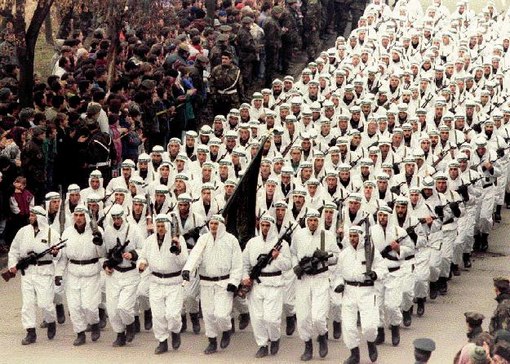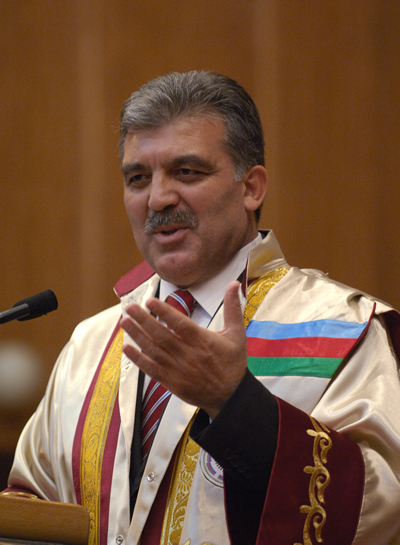Barmenia Joins Khaganate

Military parade in Varistad
The theocratic Felinist monarchy was overthrown by pro-Jelbic forces led by the Jelbic nationalist Nation and Justice Party as a result of a peaceful revolution. Barmenia had been plagued by civil war between the Felinist monarchy and the Ahmadi rebels controlling Kathuristan, and with the rise of the Khaganate and the union of all other Jelbic nations under Khagan Laurens-Wrntukai, the Mede monarchy was left isolated and unable to maintain its stronghold over Barmenia. The power vacuum was soon filled by the Nation & Justice Party, a moderate Ahmadist and Jelbic nationalist movement, calling for the elimination of what they see as corrupt Felinist rule in the nation. Days after the overthrow of the Mede dynasty and the founding of the Shahdom of Barmenia, the Nation & Justice Party initiated the process of joining the Empire of the Jelbic Peoples, a move that was warmly received by the Khagan. The party's leader, Jusuv Hacisrmko, was appointed by the Khagan as the Yabek (Viceroy) of Barmenia.

Jusuv Hacisrmko, the new Yabek of the Shahdom of Barmenia
Although the Kathuristan rebels had surrendered to the central government after a blockade of the island, there remained much resentment from the Ahmadis of Barmenia against the Medes and their Crusader forces, which resentment is one of the main causes of the pro-Jelbic party's quick rise to power. In an effort to unify the country under the banner of Temrkaid unity, the new government outlawed Felinism, Ahmadi heresies, and a number of other religions seen as enemy of pan-Jelbicism. With nearly 40% of the nation professing belief in Felinism, this new act is unlikely to be received favourably by the population; however, the same law also granted the other established faiths of Barmenia the status of "recognized religions", granting them a large number of privileges. As most Felinists actually practice their faith in syncretism with the other main religions in Barmenia, it is possible that all but the most diehard cat-worshippers (currently estimated to be around 13% of the population) will be willing to abandon their faith in exchange for security, especially since Felinism was discredited due to its being seen as an obstacle to Jelbic unity.










